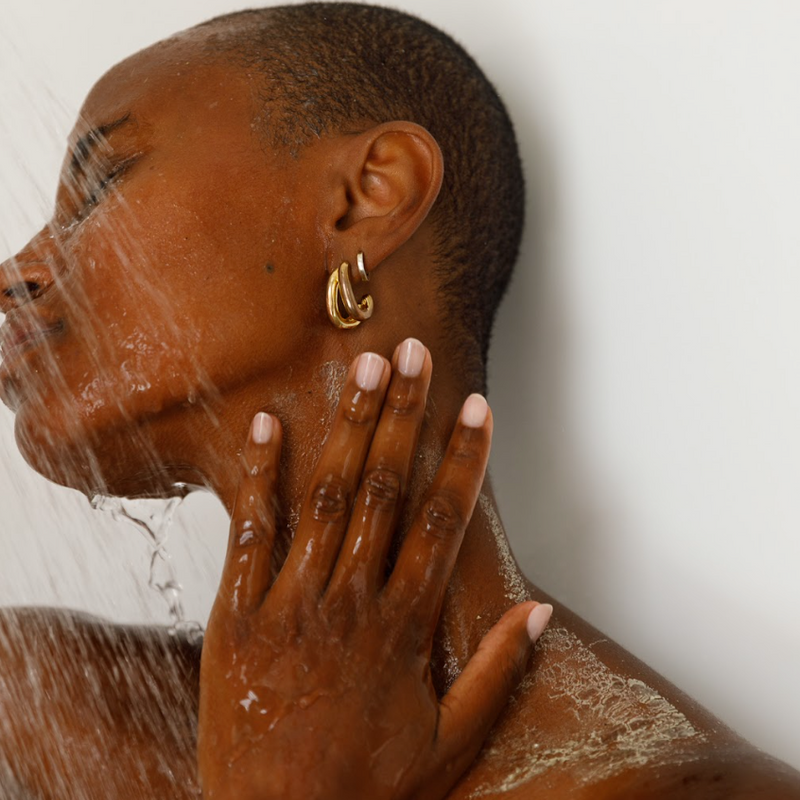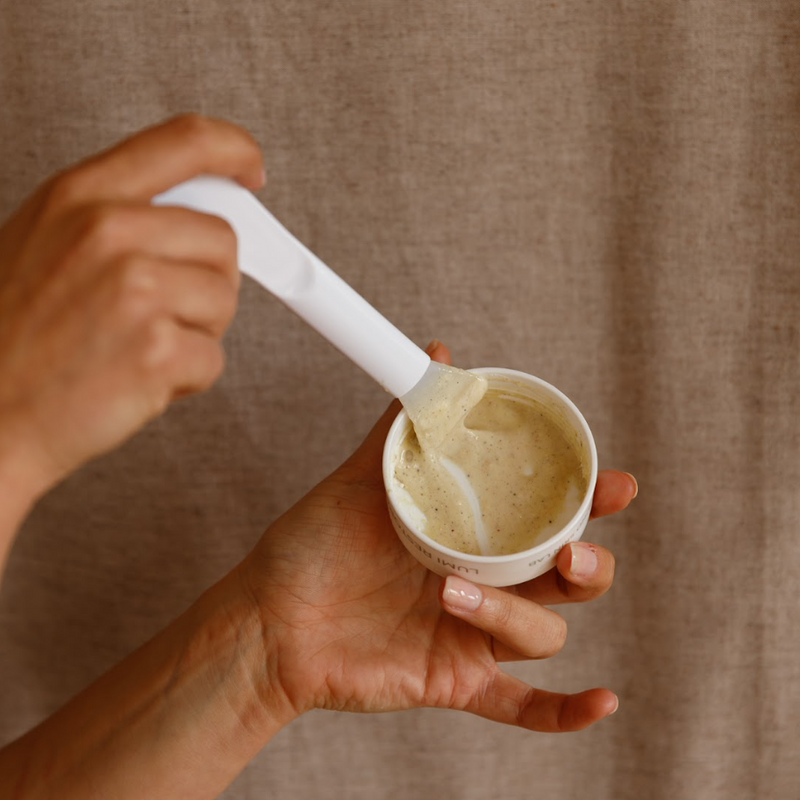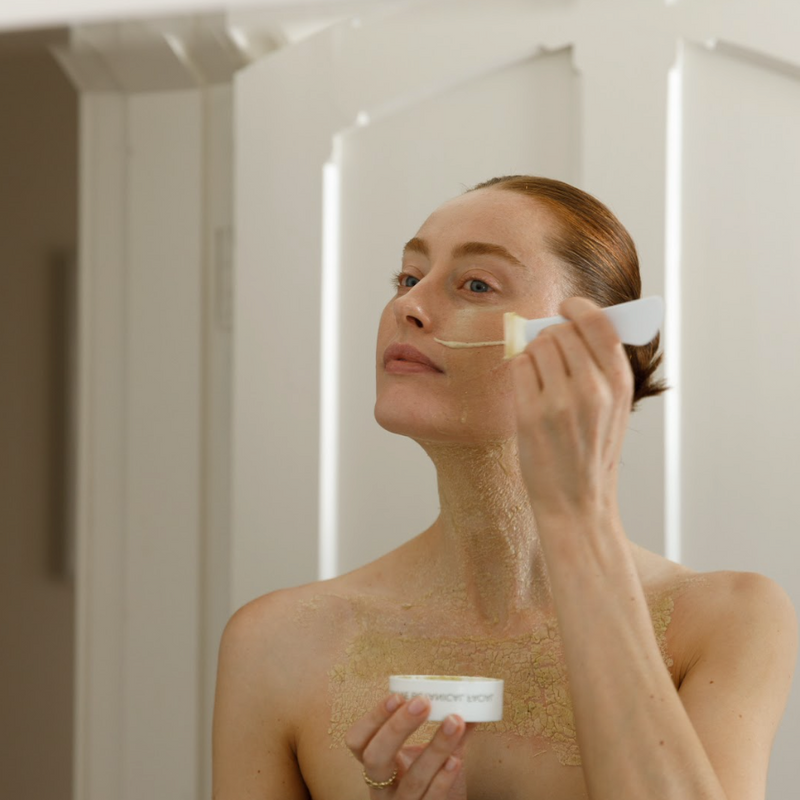Adult Acne in Women: Causes, Facts, and Holistic Solutions
3min read by LOST&FOUND Skin Lab
There you are. If you thought acne was just a teenage struggle, you’re not alone—but the reality is, adult acne is incredibly common, especially in women. In fact, over 50% of women aged 20–39 experience acne at some point in adulthood. For some, it’s a return of those teenage breakouts; for others, adult acne appears seemingly out of nowhere in their 20s or 30s.
So, what’s really going on with adult acne in women—and what can you do about it? Let’s break down the latest research, common causes, and holistic ways to support your skin.
Understanding Adult Acne in Women
Research into adult acne in women has grown rapidly over the past two decades. In 2004, only 10 scientific articles on “adult acne women” were published on PubMed; by 2020, that number had quadrupled. While the science is evolving, the conversation around adult acne is still catching up.
Why is adult acne so complex?
Dermatologists often define acne as a chronic inflammatory skin condition, while endocrinologists (hormone specialists) see it as a sign of hormonal imbalance, such as excess androgens (think testosterone, PCOS, etc.). More recently, researchers have started exploring the gut-skin connection—an area that’s only gained traction since 2017.
This means that, as consumers, we’re often left navigating conflicting advice and outdated products. Many mainstream acne treatments still rely on harsh actives and skin-stripping formulas—an approach rooted in the past, not in today’s holistic understanding of skin health.
Key Facts About Adult Acne
-
Adult acne is more common in women than men. In contrast, teenage acne tends to affect more males.
-
There are four main drivers of acne: excess sebum (oil) production, follicular hyperkeratinisation (blocked pores), imbalanced skin microbiome, and inflammation. Each of these can be influenced by lifestyle factors.
-
Most acne treatments are suppressive, not curative. This is why acne often returns after stopping medications or topical treatments like spironolactone, doxycycline, or adapalene gel.
-
Adult female acne is different from adolescent acne. It’s usually driven by hormonal fluctuations, is more inflammatory, often appears on the lower third of the face, and commonly leaves behind dark marks or scarring.
Why a Holistic Approach to Adult Acne Matters
Cultures that take a holistic approach to health and wellbeing tend to have lower rates of acne. In fact, the spread of Western lifestyles is linked to rising cases of adult acne worldwide. At LOST&FOUND Skin Lab, we believe that understanding the whole person—not just the skin—leads to better, more sustainable results.
How to Manage Adult Acne: Next Steps
-
Consult a Medical Professional
Always begin by ruling out underlying medical causes for acne. Even if your results come back “normal,” this is valuable information for your skin journey. -
Understand Your Triggers
Hormones, stress, diet, and your skin’s natural barrier all play a role in adult acne. Start tracking your skin’s patterns and lifestyle habits. -
Choose Gentle, Science-Backed Skincare
Harsh, stripping products can worsen sensitive, acne-prone skin. Look for gentle cleansers, non-comedogenic moisturizers, and products designed for sensitive skin. -
Support Your Skin from Within
Hydration, balanced nutrition, and stress management are key. Remember: healthy skin is a journey, not a race.
LOST&FOUND Skin Lab: Here for Your Skin Story
We’re here to help you navigate adult acne with compassion, science, and whole-person care. Our LUMI Facial Kit is formulated specifically for sensitive, acne-prone skin—powered by nature, backed by research, and free from harsh ingredients.
Explore our Journal for more tips, or browse our product range designed with your unique skin in mind. We’ve got your back (and your face).
Keywords: adult acne in women, causes of adult acne, how to treat adult acne, sensitive skin, hormonal acne, holistic acne solutions, LUMI Facial Kit, gentle skincare for acne, skin microbiome, acne treatment for women


